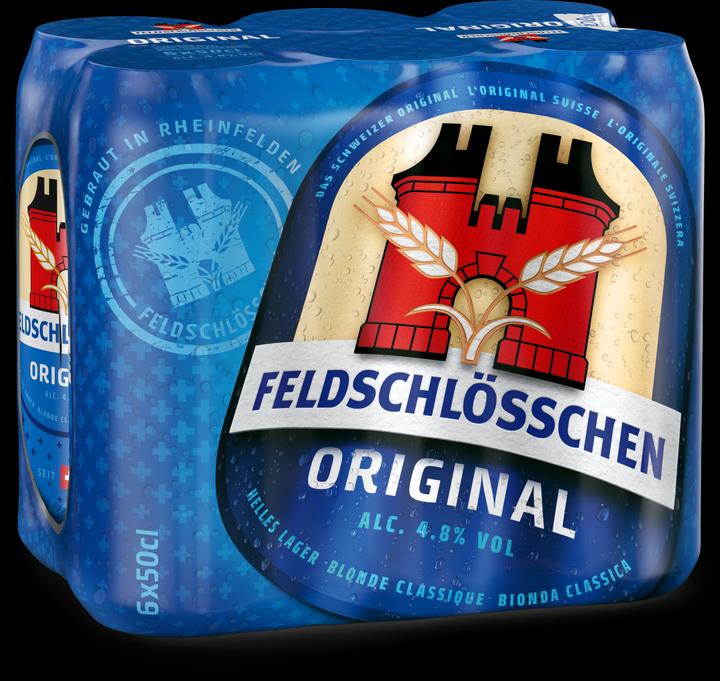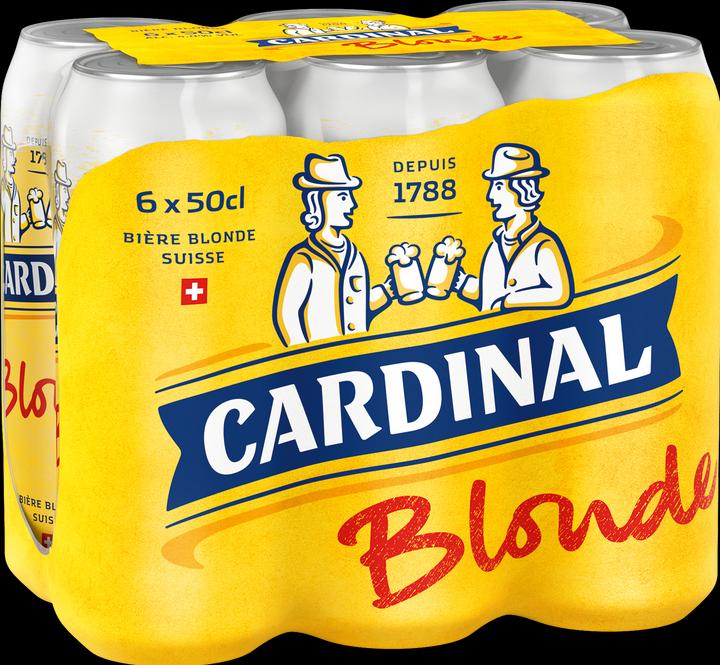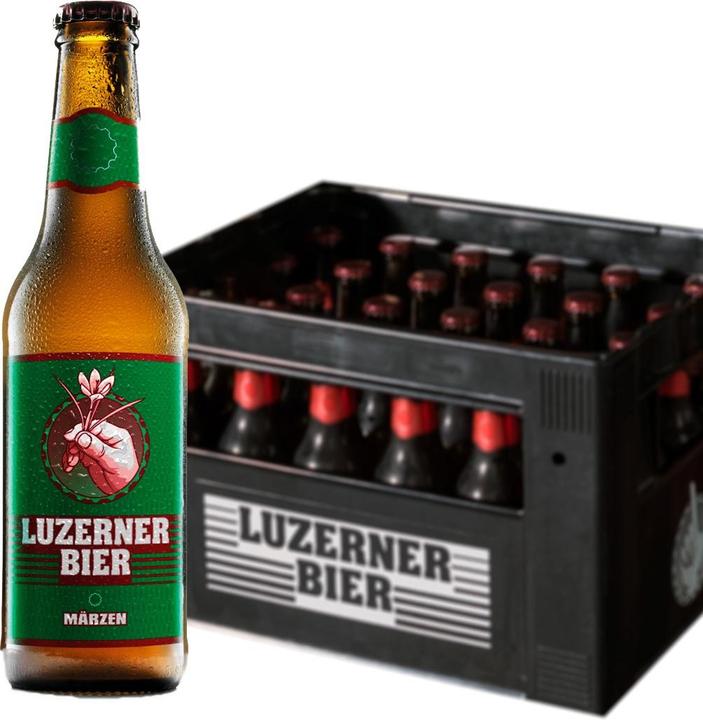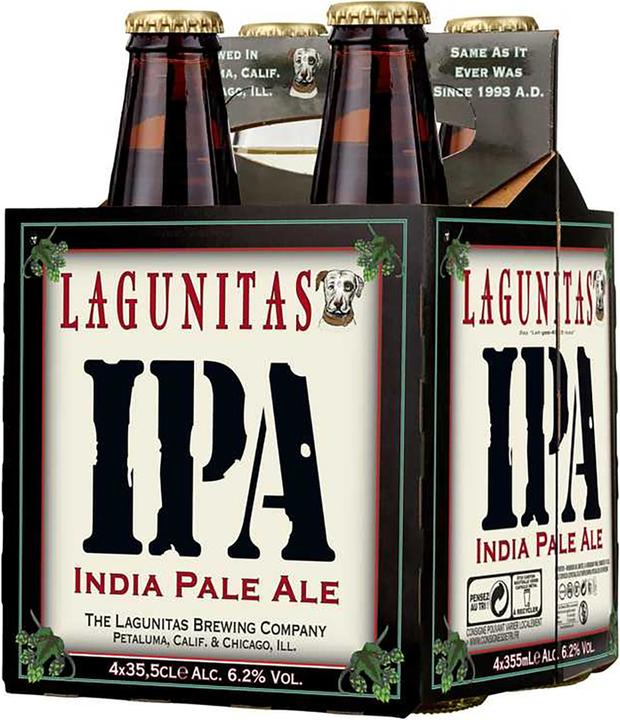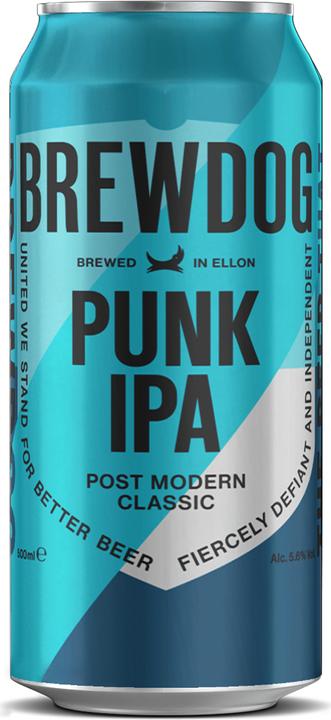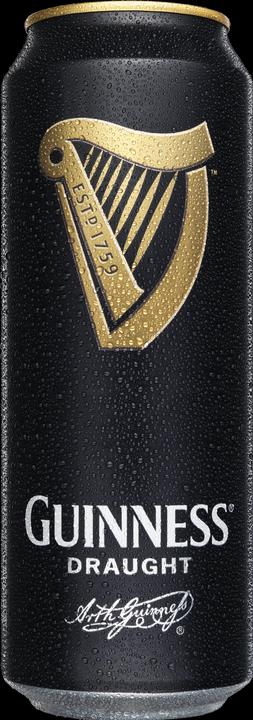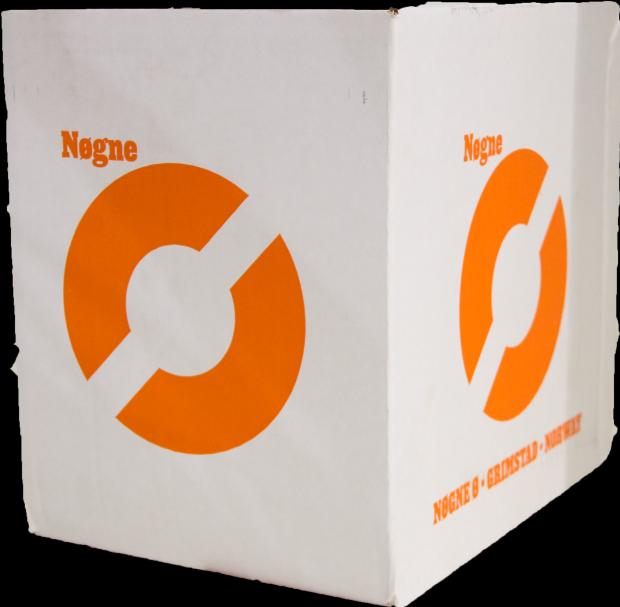

Cheers! Seven beers you should know
The Babylonians already knocked it back, so it can’t be bad. One of the oldest fermented beverages is now more diverse than ever, thanks to craft breweries. Here’s an overview.
«Freedom. What does freedom taste like?» – the narrator asks. The video shows a man, beer in hand, walking over a dune. While our latest commercial (Youtube) appears to be an ad for beer and poses a philosophical question about the definition of freedom, I've been spending lots of time pondering a much more trivial question.
What is beer?
A question I never really asked myself. Because it’s just obvious, right? It’s what I’m served when I order a pint. But what is it exactly? Is it what’s defined in the German purity order, or Reinheitsgebot, from 1516? This decree defined in the former Duchy of Bavaria stipulated the following: only barley malt, hops and water were to be used to make beer. Before this decree came into effect, all sorts of ingredients were added to the beverage. In the absence of a framework agreement in medieval times, the Swiss didn’t adopt this Bavarian purity order, but did brew according to it most of the time.
However, order a pint in England, and you’ll be served a completely different brew. Beers including Corona, Super Bock or Chang don’t give a toss about the purity order and are made with ingredients including rice or corn. Does this make them inferior beers adulterated with cheap ingredients? «By no means,» says brewing scientist Fritz Briem. He even goes so far as wanting to extend the purity order by adding further acceptable starches alongside barley malt, as he told German newspaper FAZ.
So let’s use the term beer to classify everything that was brewed with fermented starch and flavoured with hops, fruit and other ingredients. This sets apart beer from wine or cider, where sugar instead of starch is turned into alcohol. I will now leave the brave, pure world and introduce some beers you should know. But first, a bit of dry theory.
How is beer made?
To keep things simple, let’s say barley is starch. First up, it needs to be turned into malt. Before this can be done, the barley grains must germinate. This creates the right enzymes to later turn the barley’s starch into sugar. And sugar is important. Yeast bacteria convert sugar into alcohol and carbon dioxide during fermentation. At the brewery, the malt is first heated to a specific temperature in water, thereby extracting the sugar from the malt. This «sugar water» is easily fermented by yeast. Adding flavour, usually with hops, and the fermentation method determine the character of the beer. Although it takes a few more steps, this is pretty much what the brewing process entails. If you want to learn more, an Austrian brewery did a really good job of explaining it in simple terms .
IPA, stout, lager, pilsener... what’s the difference?
In essence, each beer is unique. However, there are certain criteria for classifying beer into different types. On the one hand, the raw materials have a huge influence on taste and colour. For one, there’s yeast, which converts the sugar into alcohol. The yeast is either top- or bottom-fermented. Top-fermenting yeast floats on top of the brew during fermentation and prefers warmer temperatures around 20 degrees Celsius. Bottom-fermenting yeast stays at the bottom and prefers a cool 10 degrees or less. Tastewise, top-fermented beer is fruitier and more aromatic than bottom-fermented beer. But it’s also more susceptible to unwanted microorganisms and has a shorter shelf life.
Bottom fermented beers
If you order a pint in a bar or restaurant in Switzerland, you’ll usually be served a bottom-fermented beer. In English, these beers are called lager, as opposed to top-fermented ales. This is where the terminology starts to get tricky. In Germany, the term «lager beer» describes bottom-fermented beers that mature during storage. These beer types include Märzen or Pilsener. In Switzerland, however, a «lager beer» is its own type of beer.
Swiss lager
Smartbeer.ch writes about Swiss lager with a mocking undertone: «Lagers are the most common beers popularised by large industrial breweries, which have turned them into light drinks with little pronounced flavours.» All medium- and large-scale breweries have at least one lager in their range. When we talk about beer in Switzerland, lager is usually what we mean.
Pilsener
Germany’s favourite beer contains more hops than lager beer, which makes it slightly more bitter in taste. Named after the Czech city of Pilsen, this export beer was a huge hit in nineteenth-century Germany and inspired many imitators. This was also the case in Switzerland until a law was introduced almost 100 years ago: Swiss breweries are not allowed to call their beer Pilsener. This name is reserved for beers brewed in Czech Republic. In return, cheeses including Emmentaler are protected in Czech Republic and Slovakia. Meanwhile, terms such as «Spezialbier» or «Spezli» have established themselves in Switzerland to describe this type of beer.
Märzen
Originally this was a beer that was brewed in March, because Bavaria prohibited brewing in the summer months. In any case, the production of bottom-fermented beer proved difficult in summer because temperatures need to be below 10 degrees for fermentation. That’s why March was the month in which a full-bodied, alcohol-rich beer with a long shelf life well into autumn was brewed.
Top-fermented beers
The majority of craft beers are top fermented. Until the invention of refrigeration in the 1840s, beer was mostly top-fermented. This was the only way you could brew during the warm months. Ales (as an umbrella term for top-fermented beer) and stouts are particularly well known on the British Isles, but Belgian Trappist beer or Bavarian Weissbier are also top-fermented.
Pale ale
A light top-fermented beer that is not too bitter and not too strong. What the lager is to bottom-fermented beers, pale ale is to top-fermented beers. Unpretentious and easy to drink, with a little more flavour than bottom-fermented beer.
India pale ale
Bitter tastes good! Extra hops are added to this brew during storage. This comes out in the pronounced bitter notes. The term IPA was coined by British brewmasters in the 18th century. Its high alcohol and hop content make IPA storable for a long time. This meant the barrels didn’t spoil during the long voyage to the British colonial territories in India.
Weissbier
The Bavarian classic is brewed with a large proportion of wheat malt instead of barley malt. Instead of being fermented in tanks, Weissbier often continues to be fermented in bottles. This makes the beer cloudy and the yeast settles at the bottom as a sediment. Whether these dregs are a delicacy or disgusting is a matter of debate. Ever noticed that subtle banana flavour Weissbier has? That’s also a result of this special yeast strain. Alongside Bavaria and Berlin, Belgium is very familiar with Weissbier. But they call it Witbier and flavour it with coriander seeds and bitter orange peel. Of course, this would never occur to a Bavarian. My boss and token Bavarian proud Franconian Martin Jungfer showed me this abomination.
Stout
Guinness. And a few others. But Guinness is by far the most famous stout. Dark with a firm head, stout is very strong and aromatic. While Guinness, a dry stout, only has very few ingredients, there are some highly adventurous stout variations out there. In most cases, the ingredients determine their name: «Milk Stout» is sweetened with milk sugar (lactose), «Oatmeal Stout» contains oats and «Oyster Stout» is brewed in tanks with a handful of oysters thrown into them. This makes it unsuitable for vegetarians or people with a seafood allergy. Fortunately, «Russian Imperial Stout» doesn’t contain Russians. However, the beer was popular at the court of Tsarina Catherine – hence the name.
You forgot to mention so many types of beer!
Yes, I know. Kölsch, for example. Or dark beer such as Schwarzbier or Bock, which can be top-fermented and bottom-fermented; special beer such as Lambiec, sour or smoked beer or Trappist beer brewed under the supervision of monks. This guide doesn’t claim to be complete. If that’s what you want, you should turn to this atlas of beer (in German), for example. Take this guide as a nice little overview. But if you’d like to point something out, leave a comment or totally disagree with something I wrote, please let me know in the comments field below. I’m happy to add it to this guide.
How do I know if I’ll like a specific beer?
Trying it is always a good idea. Having said that, today’s breweries make this pretty easy for you. Many of them rank their beers with metrics. The most important one is probably the «International Bitterness Unit», or IBU for short. The number indicates how bitter a beer is and ranges from below 10 for Berliner Weissbier and Weissbier to over 2000 – although you’ll only find these values in speciality brews. IPA is a very bitter beer and has an IBU of around 100. Another value you’ll come across is EBC (short for the European Brewery Convention). The more EBC, the darker the beer. Very light beers, such as pale ale or lager, have a value of 4, while «Guinness» is at the other end of the scale at 80. However, these values say nothing about flavour. Finally, the term original gravity is often indicated on the label. The higher this value is, the more solid components were extracted from the malt and hops with water. Generally speaking, more original gravity also means more alcohol, since the yeast bacteria can convert more sugar into alcohol and carbon dioxide. The original gravity is measured in degrees Plato (°P), named after a German chemist. One degree Plato means that one gram of solids is dissolved in one decilitre of unfermented beer. 7 °P are weak beers, over 16 °P are strong beers.
I don’t like alcohol. What now?
No problem. Non-alcoholic beers are a thing. These days, they stand proud next to alcoholic beers. Two years a go, I carried out a tasting.
I definitely wouldn’t recommend protein beer. The world really doesn’t need this.
When I flew the family nest over 15 years ago, I suddenly had to cook for myself. But it wasn’t long until this necessity became a virtue. Today, rattling those pots and pans is a fundamental part of my life. I’m a true foodie and devour everything from junk food to star-awarded cuisine. Literally. I eat way too fast.
Practical solutions for everyday problems with technology, household hacks and much more.
Show all